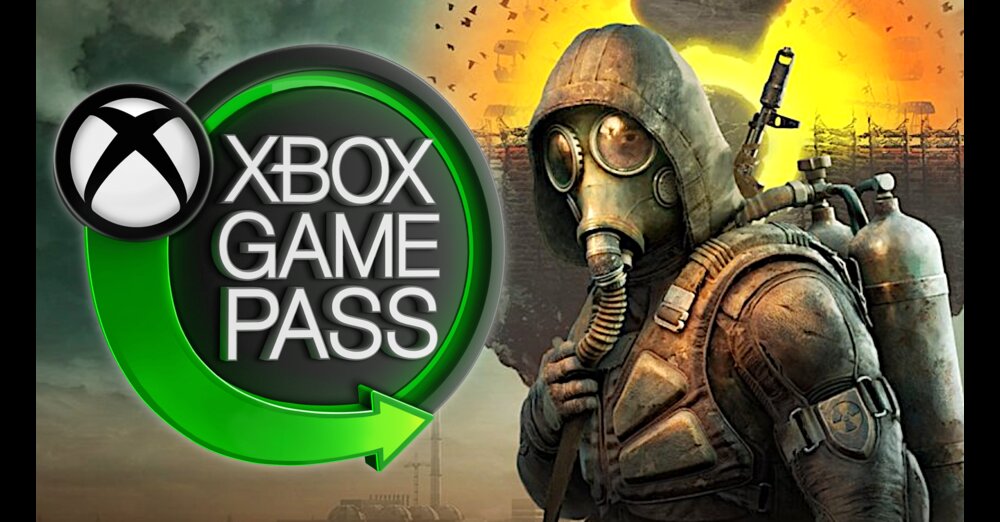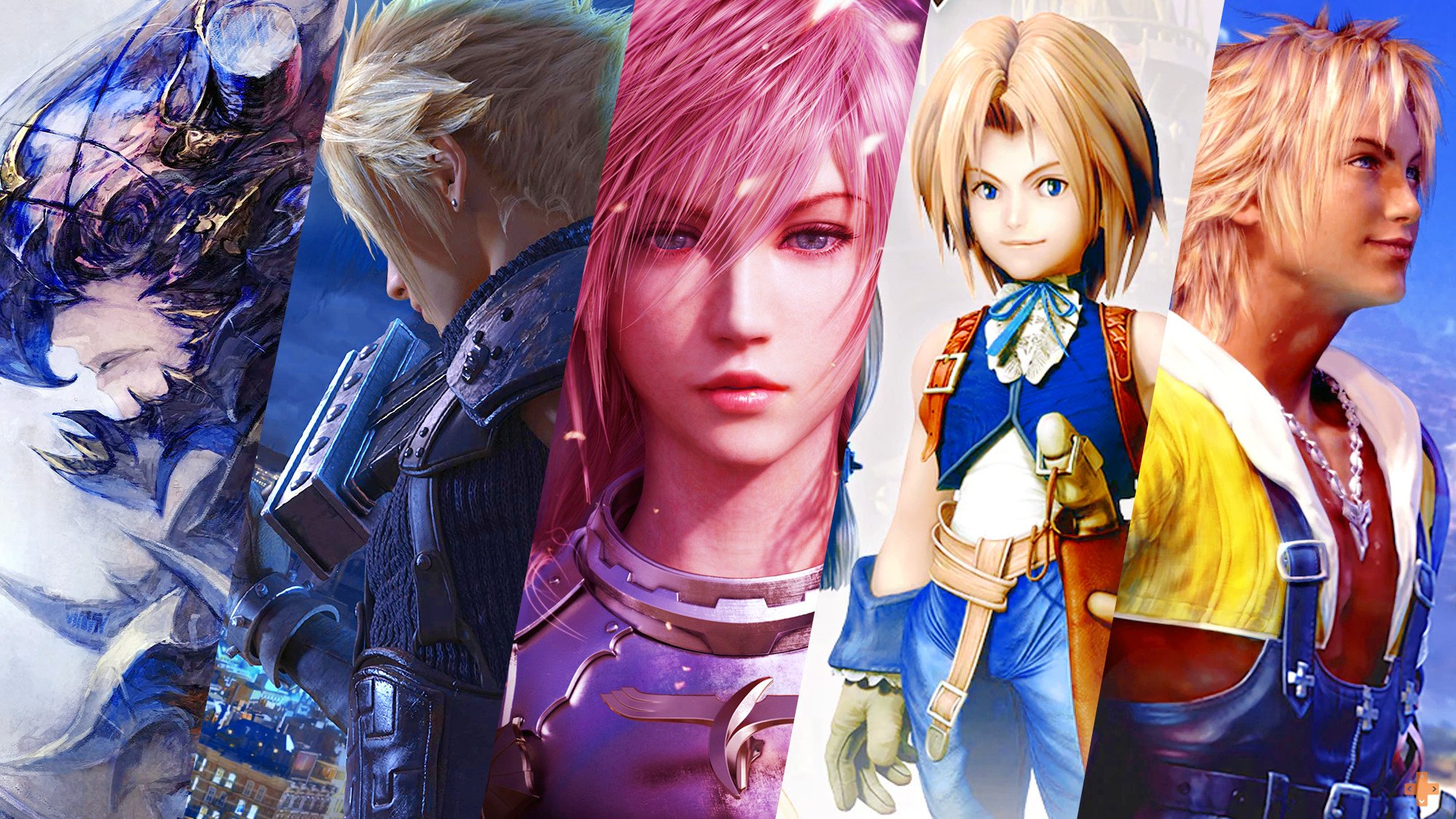Is there a correct order to start playing Metroid? The premise that is worth taking into account is that, given the timeless nature of each of its installments, the Samus Aran saga it is enjoyable from almost any order. Another thing, of course, is to draw up a roadmap to enjoy more and better of the Metroid experience, both as a whole and separately.
With Metroid Prime 4 on the horizon, though no date or news on the calendar Beyond a modest trailer with a logo, in iGamesNews we have proposed that you address the saga, catch up with it or relive it to welcome it to the next great adventure of the heroine nintendera.
That said, we have considered establishing three ways to approach the saga with the player as the absolute center of the experience. One that follows a plot thread, which we recommend, and another two focused on the two great experiences Metroid:
- On the one hand, we have established a sort of chronological order to the saga. A way to focus on addressing the entire history of Samus on consoles, where remakes replace classic installments and there is no room for spin-offs.
- In addition, we have developed a second playable recommendation based on classical experience. The action adventure in scroll lateral and the best way to enjoy its evolution from the playable point of view.
- Finally, we have collected and organized in one place all the games you need to play to stay up-to-date for the launch of Metroid Prime 4. Bluntly. Not only at the plot and context level, but limiting us to the gameplay of the Prime series.
The launch order was ruled out from the beginning
Without further ado, our three recommendations to get started or enjoy the saga more and better Metroid.
If we want to play following a chronology
The main premise is to establish a story line that connects all the main installments of Metroid. The best way to spin the known history of Samus to date and discover her universe (and its dangers) throughout its more than 30 years of history.

- Metroid: Zero Mission (2004) for Game Boy Advance and Virtual Console
- Metroid Prime (2002) for GameCube and Wii
- Metroid Prime Hunters (2006) for Nintendo DS
- Metroid Prime 2: Echoes (2004) for GameCube and Wii
- Metroid Prime 3: Corruption (2007) for Wii
- Metroid Prime: Federation Force (2016) for Nintendo 3DS
- Metroid: Samus Returns (2017) for Nintendo 3DS
- Super Metroid (1994) para SNES, SNES Classic, Consola Virtual y Switch
- Metroid: Other M (2010) for Wii
- Metroid Fusion (2002) for Game Boy Advance and Virtual Console
Our starting point becomes a Metroid: Zero Mission which replaces the classic NES as it is its remake. But also a delivery designed to tie up the loose ends compared to what came after the premiere of the saga on the NES.
In Metroid and his remake is presented to us the space adventurer Samus Aran, who travels to the planet Zebes to interfere in the plans of space pirates, establishing from the beginning the essential elements of the saga.
In the same movement, the story continues through the series Metroid Prime. At this point, it is worth noting that Yoshio Sakamoto, who produced several of the titles of scroll lateral, came to evaluate that it was a series of parallel history (gaiden) to the main one. However, and with the help of Kensuke Tanabe, integrated it into the chronology, closing this idea with the remake of Metroid II.
Super Metroid it deserves a separate mention as it is the main turning point of the saga. Not only did it achieve excellence as a game, but it set the tone for everything that would come after, including the series finale (so far) with Metroid Fusion and the gender of metroidvanias usually.
From classic to “advanced” metroidvania experience
Despite the enormous residue left by the Prime series, when you think about Metroid think of a very concrete experience: labyrinthine and challenging levels of scroll lateral, the mesmerizing allure of pixelated settings and enemies, and the ever-challenging feeling of walking into a room and being mildly aware that you won’t be able to continue without it power-up suitable. And try anyway.

- Metroid (1986) para NES, NES Classic, Consola Virtual y Switch
- Metroid II: Return of Samus (1991) for Game Boy and Virtual Console
- Super Metroid (1994) para SNES, SNES Classic, Consola Virtual y Switch
- Metroid: Samus Returns (2017) for Nintendo 3DS
- Metroid: Zero Mission (2004) for Game Boy Advance and Virtual Console
- Metroid Fusion (2002) for Game Boy Advance and Virtual Console
- Metroid: Other M (2010) for Wii
Our way of organizing the experiences of scroll lateral is based on the playable evolution of the saga, with which only one game could be the starting point: the Metroid classic NES. And although the technology of the Return of Samus (Metroid II) It is not more advanced, given the limitations of the Game Boy, it is a totally worthy sequel that continues the legacy very well.
On this occasion, and as you have seen, we have integrated Metroid: Zero Mission and Metroid: Samus Returns after Super Metroid. The reason: despite the fact that chronologically they are located before, in the playable they both drink directly from the SNES classic. Above all, the remake developed by MercurySteam.
That said, the truth is that Metroid: Zero Mission and Metroid Fusion (despite the playable contributions of the second) go very well hand in hand. After all, the relatively narrow launch margin that existed between the two makes it inevitable that, for the player and from the point of view of the game experience, the jump from one to the other occurs in a way that is as natural as it is successful.
Our finishing touch when it comes to the classic experience we put it with Metroid: Other M, a game that does not equal the impact and the reception of all the previous ones, but that dared to explore the personality of Samus and, incidentally, integrate three-dimensional elements into the classic formula, including a targeting system that made use of the Wiimote, the secret weapon of the Wii.
The best way to enjoy Metroid Prime 4 bluntly
The Serie Metroid Prime it is unique in many respects. At the end of the day, it’s about a first person adventure. An experience that, by the way, should not be confused with FPS.
The truth is that both Nintendo and Retro Studios not only they were brave to imagine the return of Samus in style with a change of perspective, literally so marked, but they were also especially inspired. Enough that we have not forgotten about your experience.
Plenty to eagerly await your next delivery.

- Metroid Prime (2002) for GameCube and Wii
- Metroid Prime Pinball (2005) for Nintendo DS
- Metroid Prime Hunters (2006) for Nintendo DS
- Metroid Prime 2: Echoes (2004) for GameCube and Wii
- Metroid Prime 3: Corruption (2007) for Wii
- Metroid Prime: Federation Force (2016) for Nintendo 3DS
All the releases and spin-offs of this series focused on first-person gameplay revolve around the three main installments of Metroid Prime, which was started by Retro Studios from GameCube. And although there are specific connections with the rest of the saga Metroid , its design allows us to approach its plot with the 2002 classic as a perfect starting point.
Now, arguably between Metroid Prime and its sequel there are two titles worth considering. Or, at least, that they do not remain in the inkwell:
- On the one hand, we have Metroid Prime Pinball, which – despite not offering a plot per se, reimagines the GameCube game in a pinball key, introducing the essential elements in six tables inspired by the different levels.
- For another, Metroid Prime Hunters it was a bet by Nintendo to give the series itself Metroid Prime in spin-off on Nintendo DS. A minor story, of course, weighed down by the possibilities of the dual-screen laptop but which served as a bridge between the first two installments previously released on the GameCube channeling the hype through a Metroid Prime 3 that would come a year later.

By Metroid Prime 3, for years it was considered the brooch of the series. And that makes a little more interesting Metroid Prime 4, as well as the very fact of speculating where it will be integrated. Notably its successful motion control system led to the updating of the first two installments, taking shape in an essential Metroid Prime Trilogy That would fit Switch like a glove.
Finally, Metroid Prime: Federation Force was quite far from being the tribute that the series Metroid It deserved for its 30th anniversary in many ways. However, if we want to pave the way for Metroid 4 It is mandatory to keep in mind that one of its post-credits scenes may be the key to the next installment.
With this premise we complete our three proposals to tackle the saga in property. The best? Metroid lends itself wonderfully to replayability. Among other things, by the alternative endings that are included from the first installment. So you have the perfect excuses to give -at least- two full turns to all of Samus Aran’s adventures released to date.









